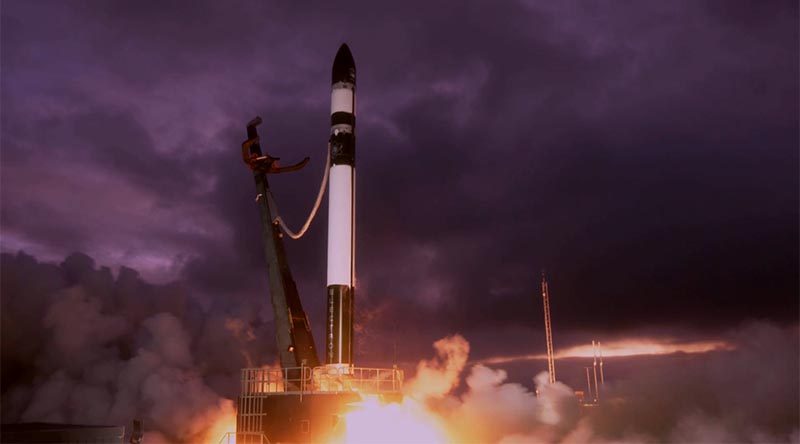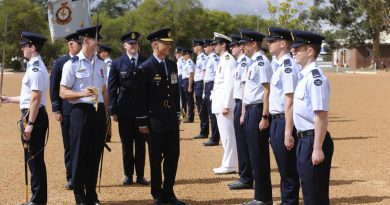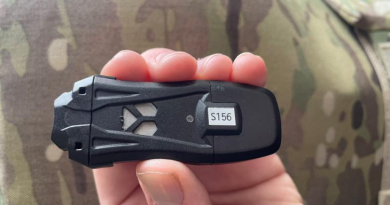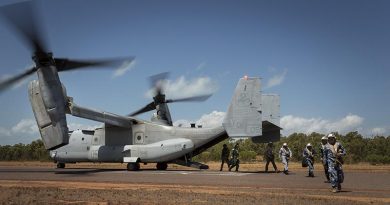Another Aussie satellite takes RAAF into space
Share the post "Another Aussie satellite takes RAAF into space"

University of NSW Canberra in collaboration with the Royal Australian Air Force has launched another satellite into space and is successfully communicating with it.
CAPTION: Rocket Lab’s “Don’t Stop Me Now” 12th mission from New Zealand’s Māhia Peninsula, takes another Aussie-made satellite into space. Photo supplied.
The M2 Pathfinder is a collaboration between UNSW Canberra Space researchers and engineers and RAAF and is the second of four ‘cube satellites’ to be flown in the program.
M1 was launched in late 2018.
Saturday’s launch took place on Rocket Lab’s “Don’t Stop Me Now” 12th mission from New Zealand’s Māhia Peninsula on June 13 2020.
Successful communication with the satellite have been established via UNSW Canberra Space’s satellite ground station hosted by Cingulan Space, near Yass in NSW.
UNSW Canberra Space Director Professor Russell Boyce said M2 Pathfinder was an important mission for Canberra as it would test home-grown communications architecture and other satellite technologies, which will assist in informing the future space capabilities of Australia.
“The know-how and expertise that has gone into the project cements the leadership position of UNSW Canberra Space in developing Australian intelligent space capabilities and boosting the national high-tech skills pipeline,” Professor Boyce said.
“Small, low-cost satellites like M2 Pathfinder provide a unique opportunity to support Australia’s Defence and national security capabilities and to expand the Australian space industry.
“Space systems will be integral in solving the challenges our world will face in the future, for example assisting with resource management, secure communications, and data collection during extreme weather events.
“Australia has a role to play in solving these problems, both for our own economic security and as responsible global citizens.
“UNSW Canberra Space looks forward to leading the way, particularly in equipping Australian satellites with artificial intelligence to better meet user needs for rapid access to information.”
UNSW Canberra Space’s senior space systems engineer and M2 Pathfinder Mission Lead Andrin Tomaschett said M2 Pathfinder was designed, assembled and tested in just 10 months by Australia’s largest and most experienced space mission team.
“Our spacecraft development includes a rigorous approach to testing prior to launch. From severe space environmental simulations at The Australian National University National Space Test Facility, to exhaustive testing of all software and hardware combinations, we have put this satellite through its paces, and are looking forward to a successful mission,” Mr Tomaschett said.
Small satellites such as M2 Pathfinder, also known as CubeSats and around the size of a loaf of bread, allow high-tech capabilities to be tested in space at a lower cost than larger satellites.
Minister for Defence Linda Reynolds said the satellite would help inform future capability designs for the Australian Defence Force.
“The experience gained in the development and operation of these spacecraft also offers educational benefits for Defence personnel studying space programs at UNSW Canberra and will further enhance the future Defence space workforce,” Minister Reynolds said.
.
.
.
.
.
.

.
.
Share the post "Another Aussie satellite takes RAAF into space"





